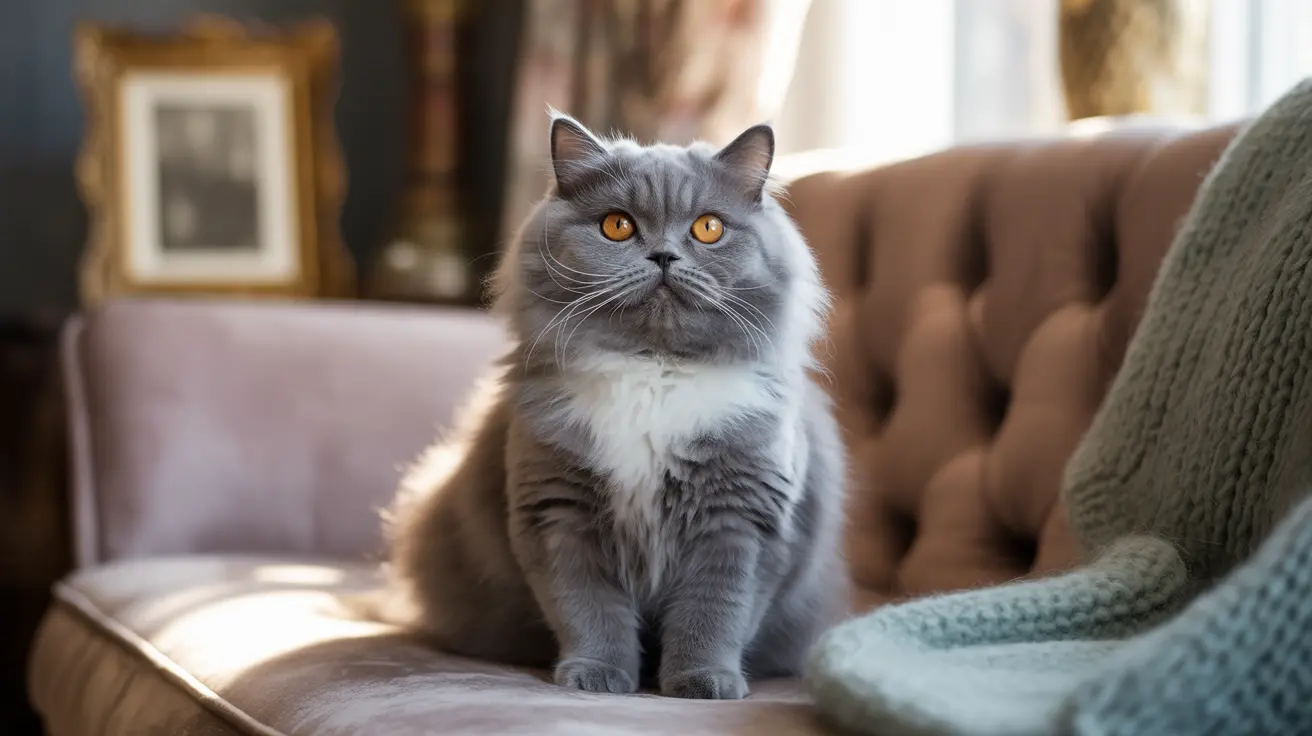Understanding the Genetics Behind Mustache Markings
The distinctive mustache pattern in cats is primarily caused by the "S" or white spotting gene. This genetic factor controls how white fur is distributed across a cat's body, including facial areas. When white fur appears on the upper lip area, it creates the beloved mustache effect that cat enthusiasts adore.
These markings are most commonly seen in bicolor cats, particularly tuxedo cats, where the contrast between black and white fur creates the most striking mustache appearances. The extent and shape of the mustache can vary significantly, as it's influenced by the complex interplay of genetic factors during early development.
Famous Mustached Cats in Pop Culture
Several cats with mustaches have achieved celebrity status on social media platforms. Hamilton the Hipster Cat, with his perfectly symmetrical white mustache, has amassed hundreds of thousands of followers. These feline celebrities have helped popularize mustached cats and inspired countless memes, artwork, and merchandise.
During "Movember" events, cats with natural mustaches often become unofficial mascots for men's health awareness campaigns, adding a whimsical touch to an important cause.
Common Breeds and Patterns
While mustache markings can appear in any cat breed, they're most frequently observed in:
- Domestic Shorthairs and Longhairs
- Turkish Vans
- British Shorthairs
- Tuxedo cats (any breed with black and white bicolor pattern)
The pattern's appearance varies widely, from subtle whisps of white fur to bold, dramatic markings that give cats a distinguished appearance. Some cats even sport complementary markings like "beards" or "goatees," enhancing their sophisticated look.
Care and Characteristics
Cats with mustache markings require the same care as any other domestic cat. Their unique appearance doesn't affect their health, personality, or grooming needs. However, owners often report that these cats seem to carry themselves with an extra air of dignity, though this is likely more about human perception than feline awareness.
Regular grooming can help maintain the pristine appearance of white mustache markings, particularly in longhaired cats where the pattern might be more prone to discoloration from food or environmental factors.
Frequently Asked Questions
What genetic factors cause cats to have mustache-like white markings on their faces?
The white mustache markings are primarily caused by the "S" (white spotting) gene, which determines how white fur is distributed across a cat's body. The specific placement on the upper lip creates the mustache effect.
Are mustache markings more common in specific cat breeds or coat patterns like tuxedo cats?
While mustache markings can occur in any breed, they're most commonly seen in bicolor cats, particularly tuxedo cats. The contrast between black and white fur makes the mustache pattern more noticeable.
Do cats with mustache markings have any unique health or grooming needs?
No, cats with mustache markings don't require special care beyond regular grooming. Their unique markings are purely cosmetic and don't affect their health or maintenance needs.
How can I identify and describe the different types of bicolor patterns, including mustache cats?
Bicolor patterns include tuxedo, mask-and-mantle, Van pattern, and harlequin. Mustache markings can appear in any of these patterns but are most distinctive when paired with contrasting fur colors.
Why do mustache cats often gain popularity on social media and in pop culture?
Cats with mustaches gain popularity due to their unique and often sophisticated appearance, which naturally appeals to human sensibilities. Their distinctive looks make them highly photogenic and perfect for sharing on social media platforms.
Whether you're fortunate enough to share your home with a mustached cat or simply admire them from afar, these unique felines remind us of the wonderful diversity in the feline world. Their charming facial markings continue to bring joy to cat lovers everywhere, making them truly special members of the feline family.






